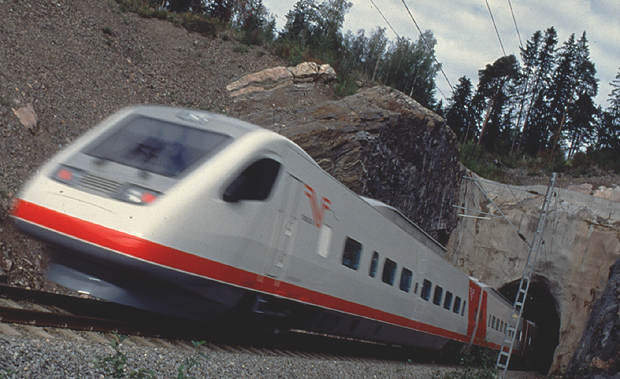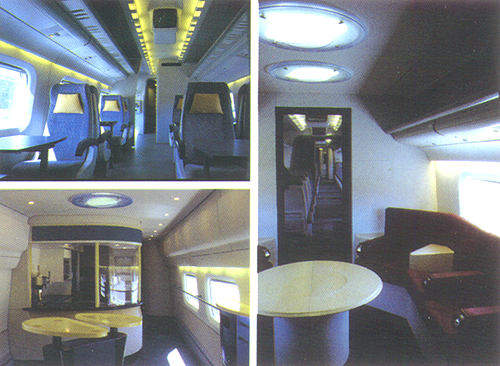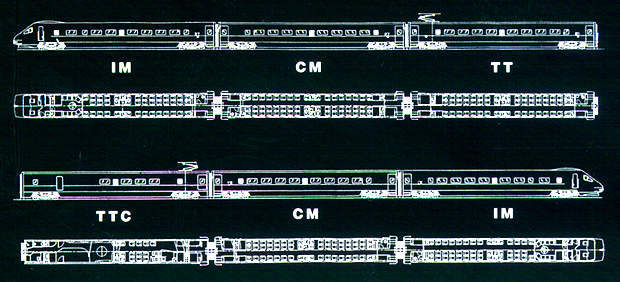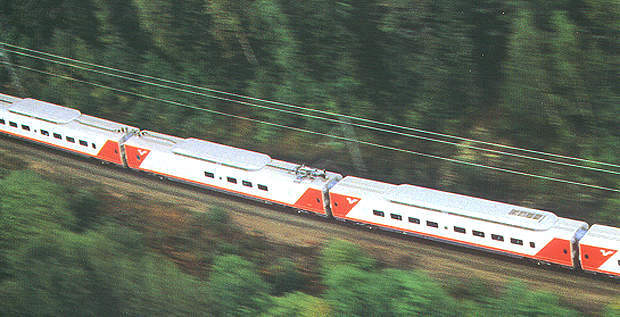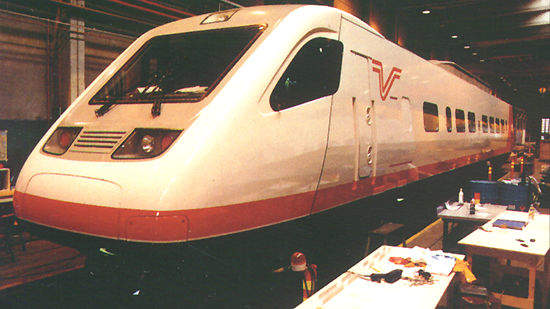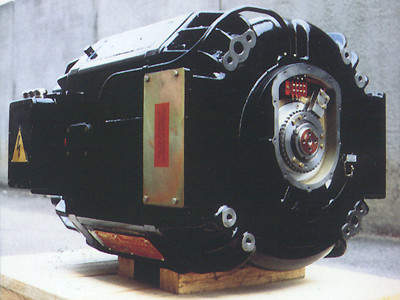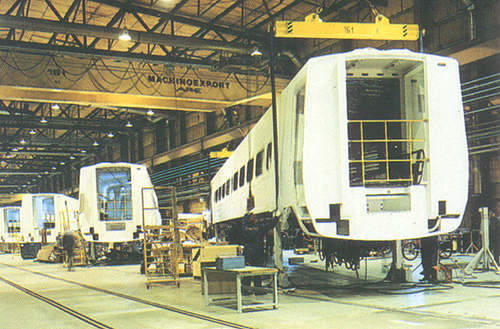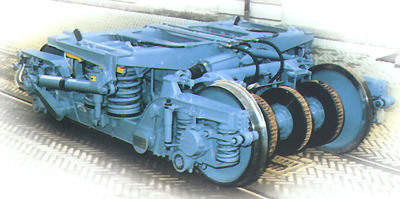Finland’s rail administration underwent a substantial reorganisation in 1995, when the Ratahallintokeskus (RHK), or Finnish Rail Administration, was created as a civil service department, under the aegis of the country’s Ministry of Transport and Communications.
RHK assumed ownership of the rail network, equipment, structures and land holdings, and is responsible for its management, maintenance and development and for rail safety.
RHK is funded partly through budget allocations from central government funds and partly from charges imposed on operators for use of the rail network.
Finnish freight and passenger train services are the responsibility of VR or VR Group (VR-Yhtymä), a state-owned company.
The project
The Vali 2012 project aims to push rail’s market share of travel in Finland up from an already impressive 60% of internal long-distance travel, and 39% of all public transport.
It envisaged a transport system consisting of a number of tiers, with the high-speed S220 Pendolino as the flagship, providing regular services between major cities, at a maximum speed of 220km/h (135mph). These cities are concentrated in the south of the country, and the establishment of the Pendolino was to have a dramatic impact on journey times between these centres, cutting them by a third.
In turn, the Pendolino network is linked with other large centres of population by IC (Inter-City) and express trains, formed of electric locomotives and air-conditioned coaches. These undertake journeys primarily into the much less densely populated north of the country, where the rail infrastructure has traditionally been much less heavily used.
Infrastructure
Finland’s busiest rail route, between Helsinki and Turku, had already benefited from a rolling programme of improvements in the years leading up to the introduction of the Pendolino trains.
This comprised track improvements to accommodate maximum axle weights of 25t for freight trains, along with allowing conventional passenger trains to operate at up to 160km/h (100mph). However, because of their lower axle weights and higher specifications, Pendolinos are able to operate at up to their maximum 220km/h over improved tracks.
One of the biggest steps taken to improve safety was the removal of level crossings and replacement with bridges or underpasses. The installation of extensive fencing to prevent unauthorised access to tracks used by high-speed trains. June 2003 marked the start of 200km/h running between Kerava and Tampere.
The Pendolino network scheduled from 2007 includes:
- Helsinki-Oulu
- Helsinki-Turku
- Helsinki-Jyväskylä-Kuopio
- Helsinki-Kouvola-Iisalmi-Kajaani
- Helsinki-Joensuu
Rolling stock
The Pendolino S220 represents the third generation of the Italian-designed and developed variant of tilting train. An electric multiple unit offering low axle loading, the S220 was developed by Fiat (later Alstom) Ferroviaria. It was an adaptation of the ETR 460 design as used in Italy for use in Finland by that country’s Oy Transtech (Talgo). Ordered in three batches (1992, 1997 and 2002), VR’s Pendolino fleet now consists of 18 sets.
This company was involved with the Finnish trains from the design phase, ensuring the trains and their complex tilting and control mechanisms would cope with the much harsher climate found closer to the Arctic Circle than such trains had previously operated.
The trains’ bodies and mechanical equipment underwent preliminary preparations and manufacturing at Fiat’s Savigliano manufacturing base, being transported to Finland for final fitting-out at Oy Transtech’s factory at Oulu in the north of the country.
Bodies are of largely modular construction to keep axle weights to a minimum while adhering to stringent safety standards.
Each train consists of six cars, with a traction unit at either end. Of the four trailer coaches, one contains the high voltage electrical equipment which picks up the 25kV, 50Hz electric current from the overhead wires, and traction transformer which turns that current into the power for the train and its internal systems.
The tilting capability comes from the special bogie design. The helical primary and secondary suspension is considered superior to pneumatic systems in its reliability and the ride quality.
Seats, in standard and first class coaches, are in two + one arrangement, originally giving a total capacity of 264 passengers, with two for wheelchair-bound users (later increased to a total of 309).
Signalling and communications
Internal facilities provided on Pendolinos offer standards not before seen on Finnish rolling stock. They include an office compartment containing telephones, fax machines and overhead projectors for business class passengers. Information monitors in each coach give details of the train’s progress and of onward connections. As part of the development of Vali 2012, signalling on the Helsinki-Turku route was upgraded at the same time as the track improvements. This has involved renewal of the multiple-aspect colour light signalling.
The future
The Pendolino fleet is the backbone of the improvements contained in the Vali 2012 project, which is bringing progressive enhancements reaching extensively across Finland’s transport infrastructure. With the high-speed rail service in place, steps were being taken to extend the network of local buses operating from stations on the Helsinki-Turku routes.
The Pendolino trains faced some reliability issues due to technical problems. They will undergo an extensive maintenance cycle between 2012 and 2014, which includes changes in the couplers to improve the train’s performance.
Buses and minibuses bring the benefits of Vali 2012 into outlying areas, linking them directly with local or central business and population centres, where residents can join the high-speed network.
The most important railway project in Finland for over two decades, the 63km (39 miles) Kerava to Lahti direct high-speed line opened in September 2006, becoming incorporated into the Pendolino network. In the longer term, it will be part of a high-speed Helsinki-St Petersburg service.

